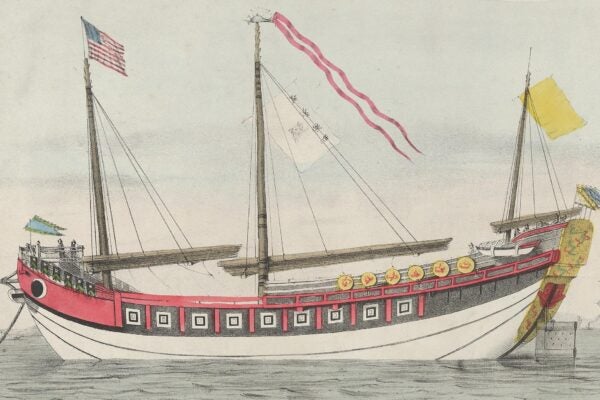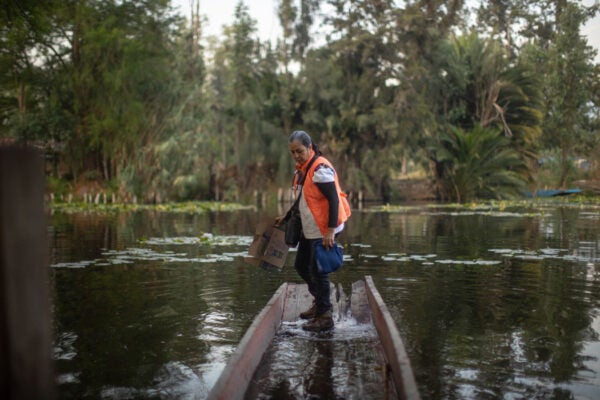Extra Credit: Our pick of stories from around the web that bridge the gap between news and scholarship. Brought to you each Tuesday from the editors of JSTOR Daily.
Don’t trust that choir boy (Slate)
by Rachel E. Gross
A recently published study using an international sample found that, rather surprisingly, children from religious families behaved more selfishly than those from secular homes.
What do women want? (New York Magazine)
By Anna Pulley
There’s a strain in popular culture that assumes all straight women are actually kind of bisexual. What does science say about this? It’s complicated.
What makes us allergic? (Pacific Standard)
by Nathan Collins
Allergies are an annoying overreaction to harmless stuff by our immune systems. But why does any particular pollen or food trigger them? A new study finds that, to our bodies, these substances look a lot like flatworms, mites, or other nasty parasites.
How to spot a stolen election (The Washington Post)
Reports of ballot boxes being set on fire seems like a pretty clear indicator, but how can we really tell if an election was stolen? Social scientists have found ways of measuring election results against geography, demographics, and poll results to find better answers.
What’s killing working-class white Americans? (Vox)
by Julia Belluz
A new study finds the mortality rate of middle-aged white Americans without a college education has risen over the past 15 years, largely due to drugs, alcohol, and suicide. In an interview, one of the study’s authors explains the unexpected findings.
Have you seen a story online that does a good job of bridging the gap between the news and scholarship? Or something that seems particularly well-researched? Let us know and we may include it in next week’s roundup. Email us at jstordaily_submissions (at) jstor (dot) org.






